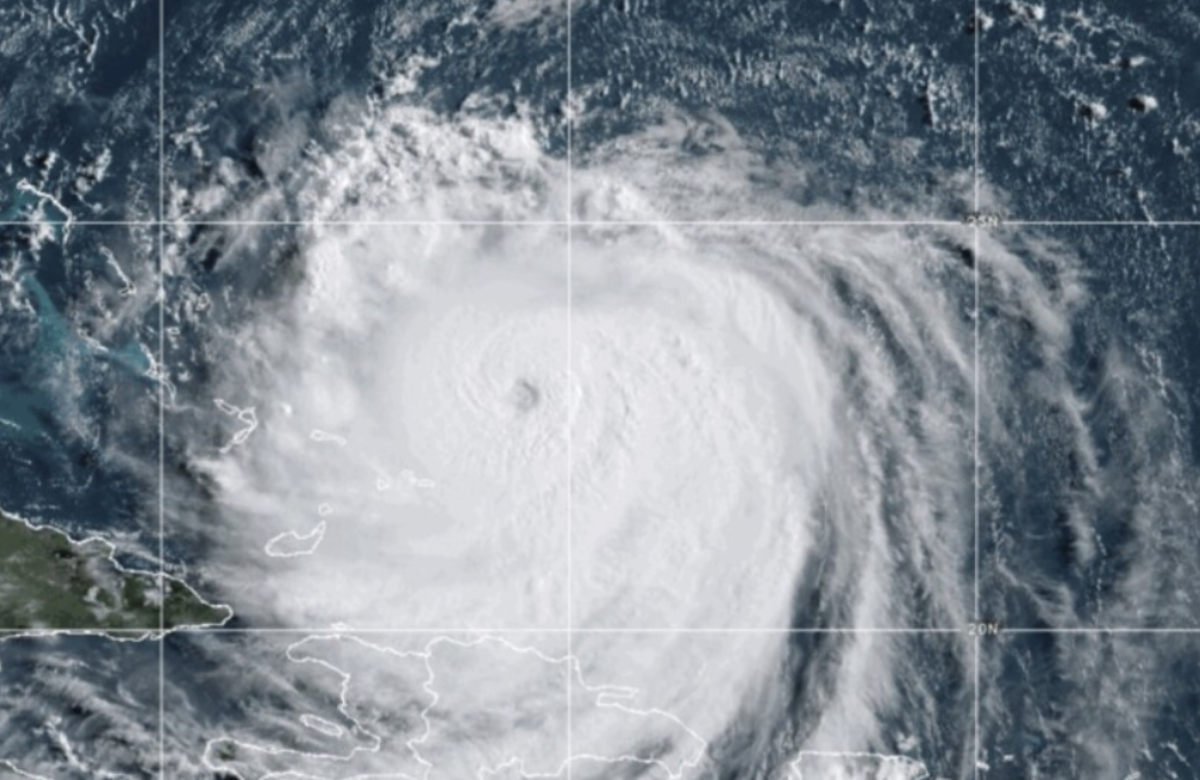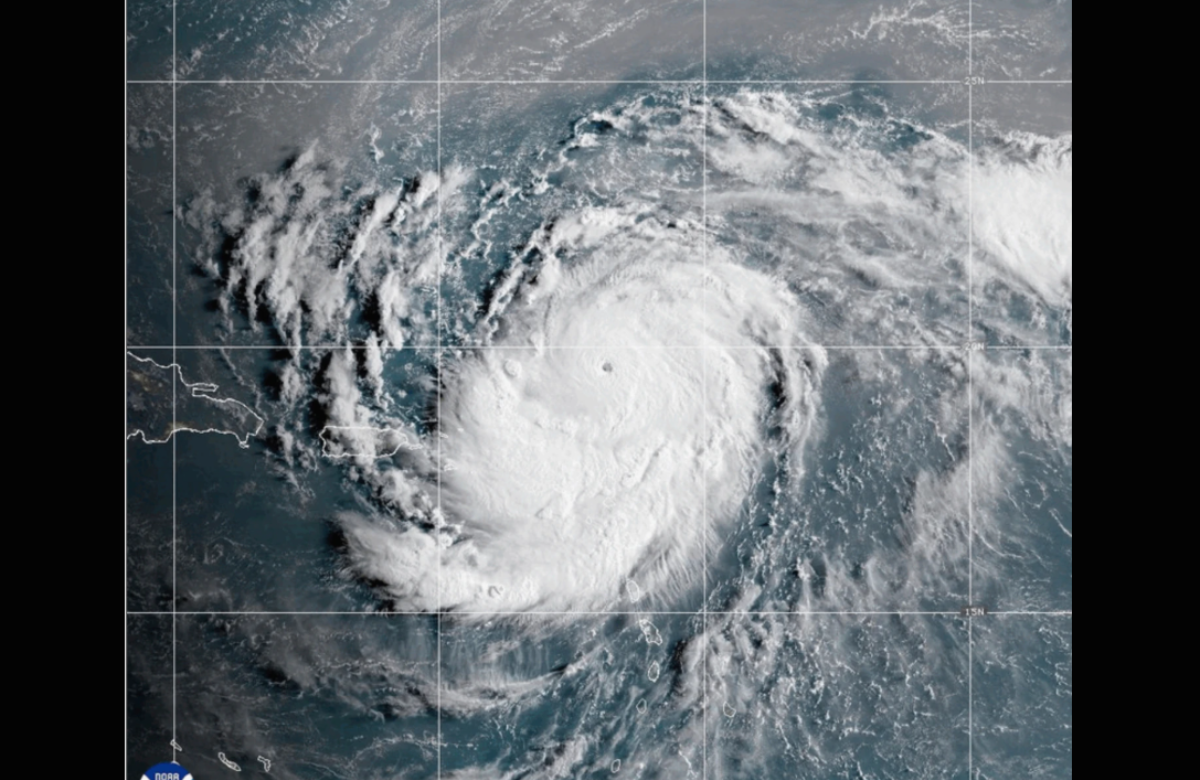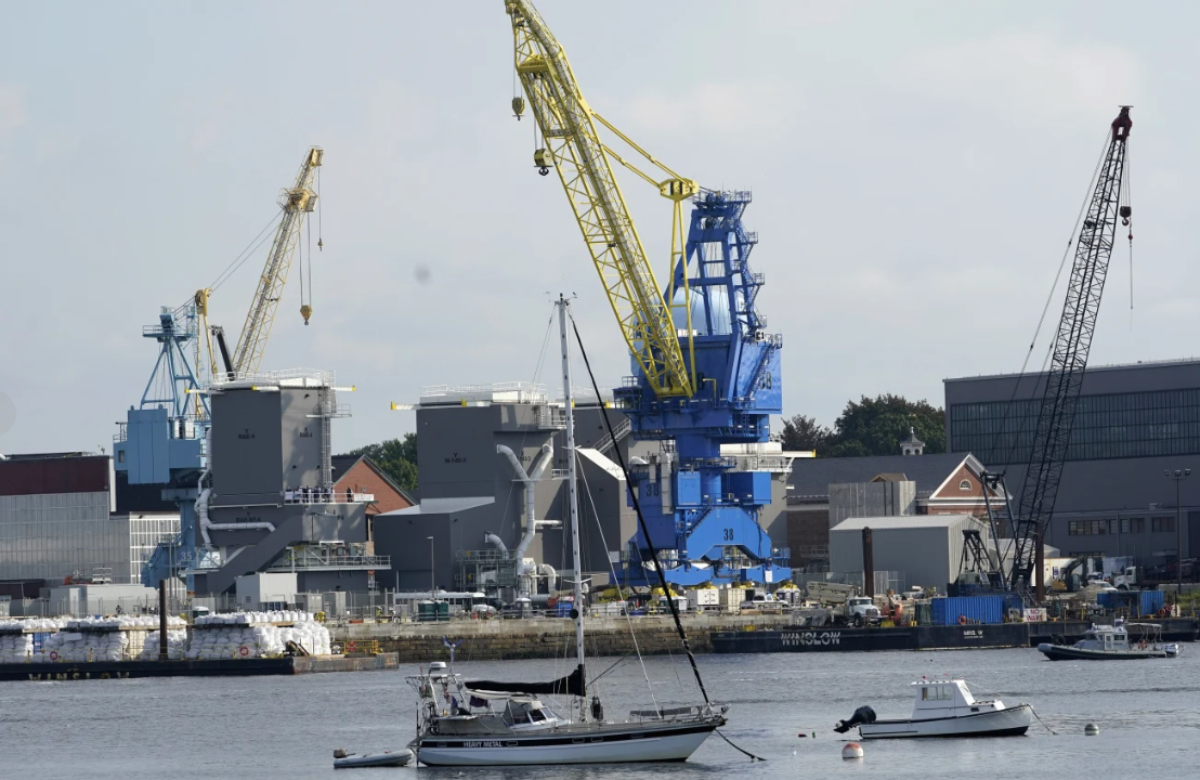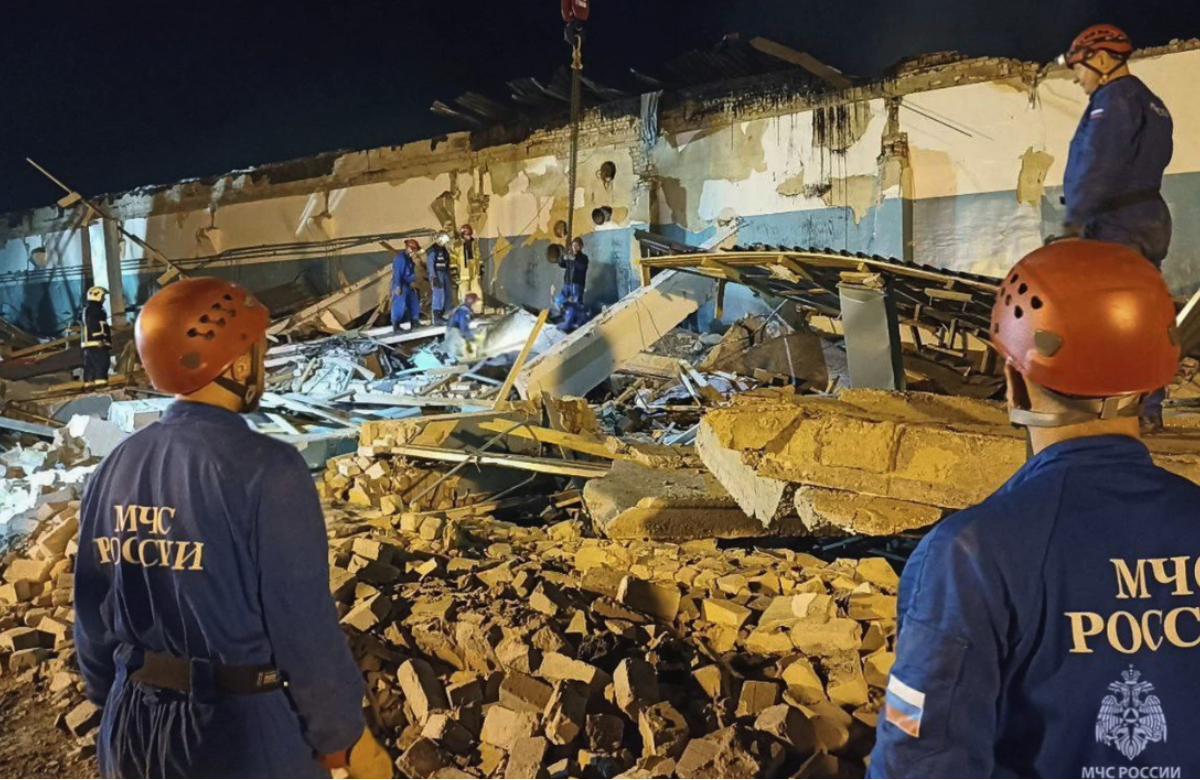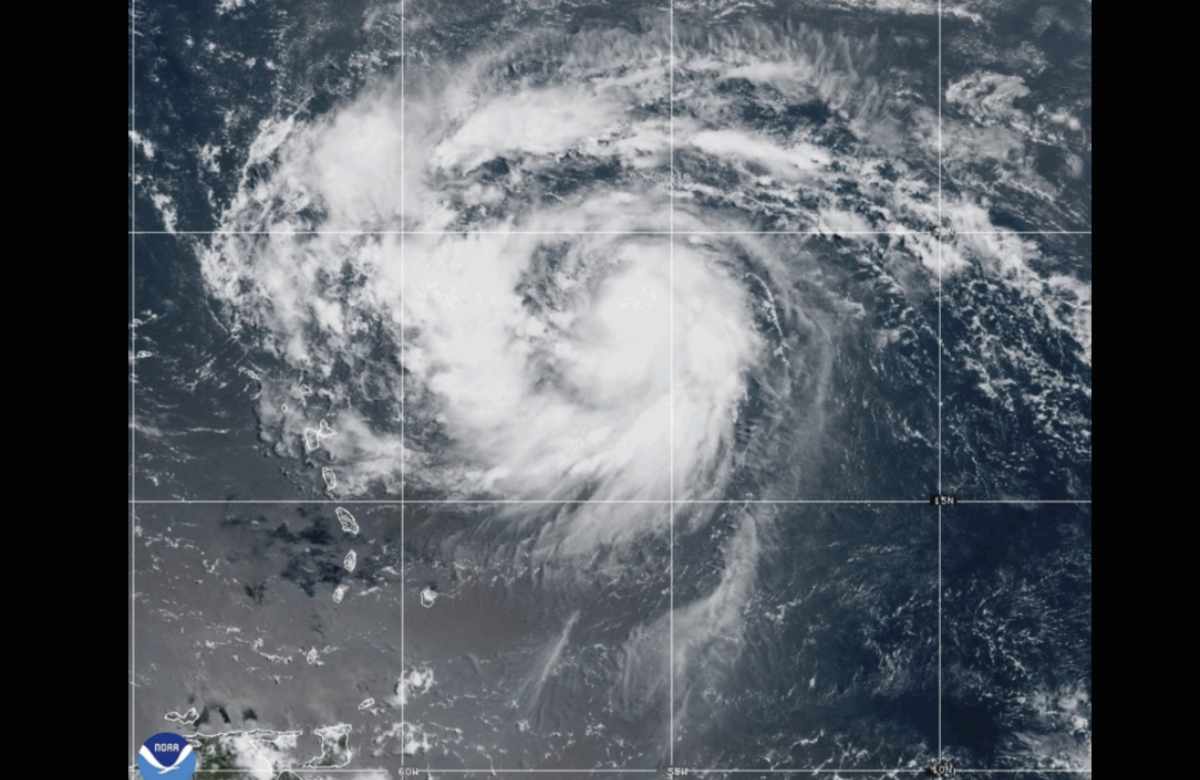On Monday, India’s Prime Minister inaugurated a tunnel in the northeastern region of Kashmir, aimed at providing year-round access to a town that is often cut off by heavy snowfall in the winter. The $932 million project involves the construction of a second tunnel, along with a series of bridges and mountain roads, designed to connect Kashmir with Ladakh. Ladakh, a cold desert region that lies between India, Pakistan, and China, has been the subject of territorial disputes for many years.
Narendra Modi, amid tight security, visited the resort town of Sonamarg, where he launched the 6.5-kilometer Z-Morh tunnel. This tunnel will make Sonamarg accessible year-round for the first time, eliminating the seasonal road blockages caused by snow. The second tunnel, which is about 14 kilometers long, will bypass the challenging Zojila mountain pass, connecting Sonamarg with Ladakh. This tunnel is expected to be completed by 2026.
Sonamarg and Ladakh often face harsh snowfalls that block the mountain passes, causing the regions to be isolated from nearby towns for almost six months every year. On Monday, authorities heightened security in the area by deploying police and soldiers, setting up multiple checkpoints at key intersections, stationing sharpshooters at various points, and conducting drone surveillance to ensure the safety of the prime minister’s visit.
During a public gathering in freezing temperatures, Modi addressed hundreds of attendees and emphasized that the project would enhance road connectivity and boost tourism in the region. The event was also attended by several Cabinet ministers and Kashmir’s Chief Minister, Omar Abdullah. Experts highlight that the tunnel project holds significant military value, as it will greatly enhance operational capabilities in Ladakh while also allowing civilians to travel freely between the Kashmir Valley and Ladakh throughout the year.
In October, gunmen attacked workers on the tunnel project, killing at least seven and injuring five others. Police attributed the attack to insurgents who have been fighting against Indian control in the region for decades.
In 2019, the Indian government revoked Kashmir’s special status, which had provided it with semi-autonomous powers, including its own constitution and protections for land and jobs. The region was also reorganized into two union territories, Ladakh and Jammu-Kashmir, marking the first time in Indian history that a state was downgraded to federally administered territories.
Kashmir is divided between India and Pakistan, both of which claim the entire territory. Militants in the Indian-administered region have been fighting New Delhi’s rule since 1989, with many Muslim Kashmiris supporting the rebels’ aim to unite the region, either under Pakistani control or as an independent state. India accuses Pakistan of sponsoring terrorism in the region, while Pakistan denies the charge. Many Kashmiris view the insurgency as a legitimate struggle for freedom. The conflict has led to the deaths of tens of thousands of civilians, militants, and security forces.
Since 2020, Indian and Chinese forces have been facing off in Ladakh, despite an agreement between the two nations in October to conduct joint patrols in disputed areas. Both countries have stationed large numbers of troops along their shared border, supported by artillery, tanks, and fighter jets.



